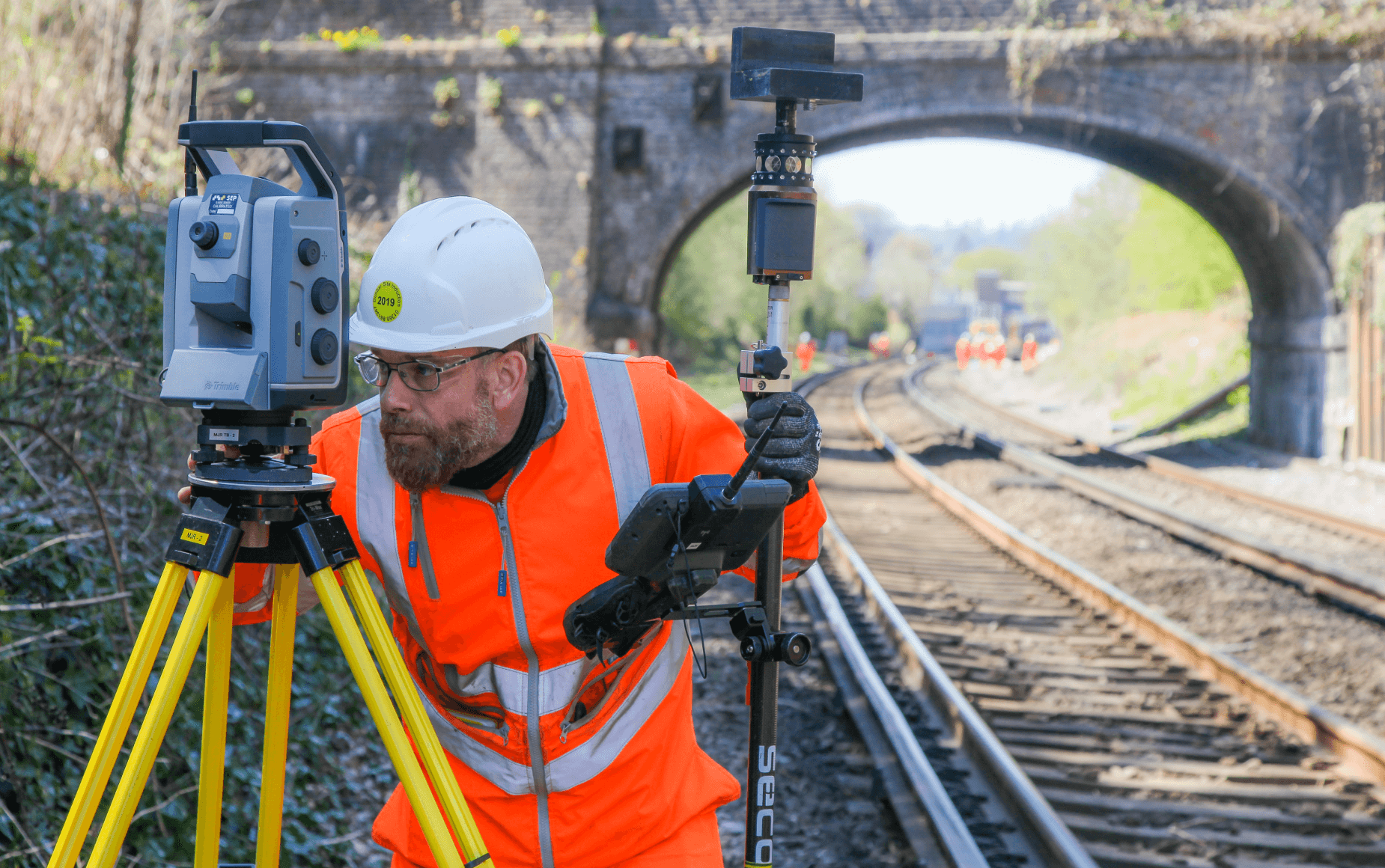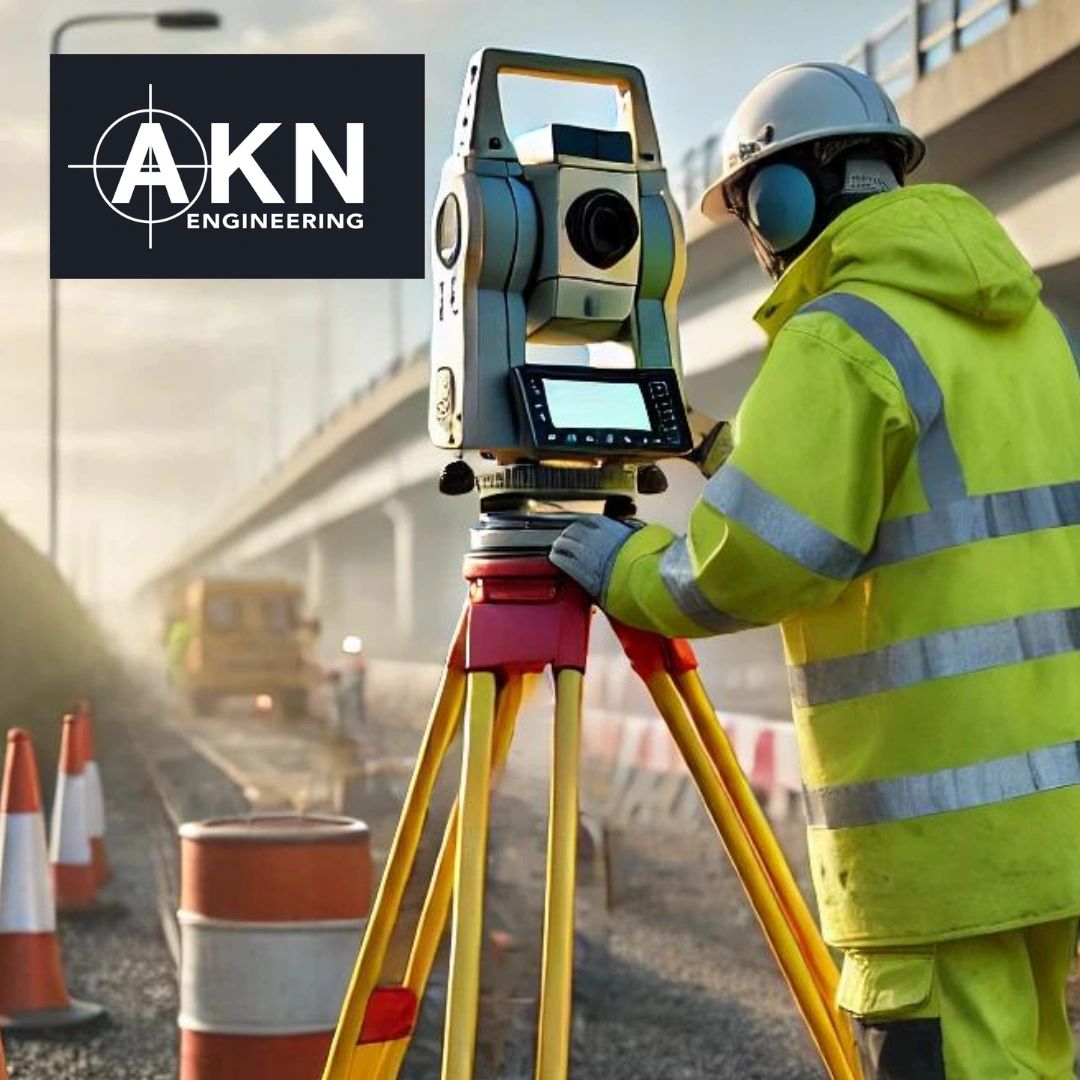Important Tools and Methods in Setting Out Design
The technique of laying out engineering relies greatly on a collection of necessary tools and techniques that underpin the accuracy and effectiveness of task execution. Instruments such as property surveyor's levels, complete terminals, and progressed GPS modern technology are crucial for developing accurate referral points. Furthermore, the integration of traditional approaches with contemporary methods, including geospatial evaluation and 3D modeling, uses significant advantages in visualizing website conditions. Recognizing exactly how these aspects communicate is critical for decreasing errors and boosting project results, yet the subtleties of their application commonly remain ignored. What effects does this hold for future design practices?
The Relevance of Accurate Measurements

The significance of precise measurements expands beyond simple conformity; they are important to the overall effectiveness of design processes. Mistakes can bring about material waste, job hold-ups, and increased labor costs, inevitably affecting the task's profits. Precise measurements improve the top quality of the final product, making sure that it executes as intended and meets the expectations of stakeholders.
Moreover, the significance of precise measurements is noticeable in various engineering self-controls, consisting of civil, mechanical, and electrical engineering. Each field demands a distinct method to measurement, yet the underlying requirement for precision continues to be continuous. As jobs become increasingly intricate, the dependence on exact dimensions will only intensify, highlighting the requirement for continuous advancements in measurement strategies and modern technologies. Therefore, promoting a society that prioritizes precision is crucial for the future of design.
Vital Tools for Laying Out
Establishing out, a vital stage in the engineering and construction procedure, relies greatly on certain tools that make certain precise place and positioning of frameworks. Among these devices, the surveyor's degree stands out, offering exact horizontal measurements essential for developing referral points. This instrument makes it possible for designers to determine elevation modifications and maintain harmony across the task site.
The total amount station is an additional indispensable tool, integrating electronic range dimension with angular measurement capacities. This innovation enhances effectiveness and precision in capturing spatial information, enabling effective site layout and preparation.
In addition, using measuring tapes and marking tools, such as chalk lines or stakes, is basic for temporarily noting boundaries and critical factors on the site. These basic devices, though basic, are essential for guaranteeing clear interaction among the building team regarding task specs.
Lastly, GPS technology has actually gained grip in establishing out procedures, giving real-time placing data and dramatically boosting precision over standard approaches. Collectively, these important tools develop the backbone of reliable setting out techniques, eventually adding to the effective execution of engineering and construction jobs.
Advanced Evaluating Strategies
Advanced surveying strategies play a critical role in boosting the precision and efficiency of design projects. These methods incorporate a series of approaches that give accurate data for design and building. Traditional methods, such as leveling and triangulation, have actually evolved right into more sophisticated methods, consisting of Total Terminal studies and Worldwide Navigating Satellite Equipment (GNSS)
Overall Station gadgets integrate digital theodolites with range measurement capacities, permitting surveyors to collect precise location data with wonderful speed. This technology substantially lowers errors related to hands-on dimensions and supplies real-time data processing. In addition, GNSS supplies unrivaled accuracy for large-scale jobs by using satellite signals to identify precise positioning, which is crucial for making sure and lining up structures compliance with style requirements.
In addition to these tools, progressed strategies also integrate geospatial evaluation and 3D modeling. These techniques make it possible for designers to imagine surface and site problems more efficiently, assisting in better decision-making during the preparation phase. By using these sophisticated surveying techniques, design jobs can attain higher precision in design, decrease rework, and inevitably boost general job success.
Digital Innovation in Engineering
The combination of digital innovation has actually revolutionized design methods, boosting both efficiency and precision across various self-controls. Tools such as Building Information Modeling (BIM) promote the visualization and monitoring of complicated projects, allowing engineers to team up seamlessly and make notified decisions. This innovation allows the development of thorough 3D versions, which can be examined for structural stability and effectiveness prior to construction starts.

The application of fabricated knowledge and artificial intelligence in engineering processes better improves predictive upkeep and optimization of sources. These innovations make it possible for the evaluation of substantial data collections, bring about far better forecasting and boosted job results. Generally, electronic innovation is reshaping the engineering landscape, driving advancement, and making sure that projects are finished with greater performance and lowered threat. As the market remains to progress, welcoming these tools will be crucial for future success.
Best Practices for Application
When executing digital modern technology in engineering, it is essential to develop a critical method that straightens with job goals and business capacities. A thorough assessment of existing workflows and technology infrastructure is necessary to recognize voids and opportunities for improvement. Involving stakeholders early while doing so promotes cooperation and makes sure that the innovation fulfills user demands.

Task managers should take on an iterative execution method, allowing for modifications based upon real-time responses and efficiency examinations. This agile strategy not just alleviates dangers but additionally promotes continual renovation by including lessons discovered.
Conclusion
Finally, the assimilation of crucial tools and progressed methods in establishing out design is important for making sure precision in measurements and successful job implementation. Using instruments such as property surveyor's levels, total stations, and GPS technology, together with modern-day evaluating methods, boosts precision and reduces the chance of errors. Adopting ideal methods in application further enhances these procedures, eventually promoting improved project end results in the engineering and building sectors.
The discipline of establishing out engineering relies greatly on a suite of necessary tools and strategies that underpin the precision and efficiency of task implementation.Furthermore, the importance of accurate dimensions is apparent in various design self-controls, consisting of civil, mechanical, and electrical design. By employing these innovative checking strategies, engineering jobs can More about the author attain greater precision in design, decrease rework, and eventually enhance overall task success.
Generally, electronic innovation is find improving the engineering landscape, driving innovation, and making certain that jobs are finished with greater effectiveness and reduced danger (setting out engineering).In verdict, the integration of crucial tools and progressed techniques in setting out design is vital for guaranteeing accuracy in measurements and successful task implementation